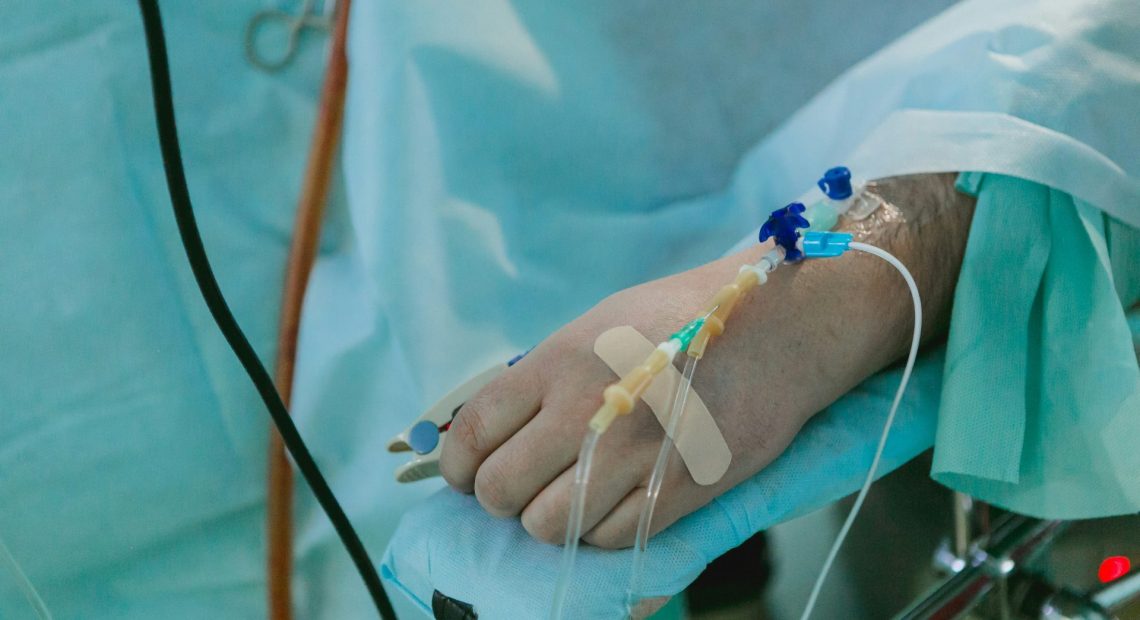WHO Unveils Guidelines To Curtail Catheter-Related Bloodstream Infections

Catheters Widely Used In Healthcare Settings
The World Health Organization (WHO) has unveiled its inaugural global guidelines in a landmark move to enhance patient safety and mitigate the risk of bloodstream infections stemming from catheter use.
These guidelines, which are set to impact healthcare practices worldwide significantly, represent a concerted effort to address the critical issue of infections linked to inserting, maintaining, and removing catheters, particularly those placed in minor blood vessels during medical procedures.
While vital in medical settings, catheters pose a significant risk when proper protocols are not followed.
Inadequate practices during catheterisation can introduce harmful pathogens directly into the bloodstream, potentially precipitating severe complications such as sepsis and challenging-to-treat conditions affecting significant organs like the brain and kidneys. Understanding the gravity of these risks is crucial to ensuring patient safety.
Statistics underscore the widespread use of catheters in healthcare settings.
Catheter Insertion
Up to 70% of inpatients require catheter insertion into peripheral veins or arteries, also known as peripherally inserted catheters (PIVCs), at some stage during hospitalisation.
Patients reliant on catheters for treatment are particularly vulnerable to infections due to underlying illness or compromised immunity.
WHO estimates that between 2000 and 2018, the average mortality rate among patients afflicted with healthcare-associated sepsis stood at 24.4%, soaring to 52.3% among those receiving intensive care.
Alarmingly, many bloodstream infections are attributed to antibiotic-resistant bacterial strains, exacerbating the challenge of treatment.
Recent estimates indicate bacterial antimicrobial resistance (AMR) directly accounted for a minimum of 1.27 million deaths and contributed to an additional 4.95 million deaths in 2019 alone.
Significant Threat
Dr Bruce Aylward, WHO Assistant Director-General for Universal Health Coverage, Life Course, emphasised the preventable nature of healthcare-associated infections and labelled them a significant threat to the quality and safety of healthcare delivery.
He stressed the imperative of implementing stringent infection prevention and control measures to reduce unnecessary mortality and alleviate global human suffering.
Developing and disseminating comprehensive guidance to curb the transmission of such infections have been central to WHO’s agenda. The newly released guidelines comprise 14 good practice statements and 23 recommendations tailored for healthcare practitioners.
Key areas covered include education and training of healthcare personnel, meticulous aseptic techniques, adherence to rigorous hand hygiene practices, appropriate catheter insertion, maintenance, access, removal procedures, and reasonable catheter selection.
WHO has pledged ongoing collaboration with member states to foster the adoption of best practices to reduce the incidence of bloodstream infections in healthcare facilities.
Featured image: Patients reliant on catheters for treatment are particularly vulnerable to infections. Credit: Olga Kononenko













